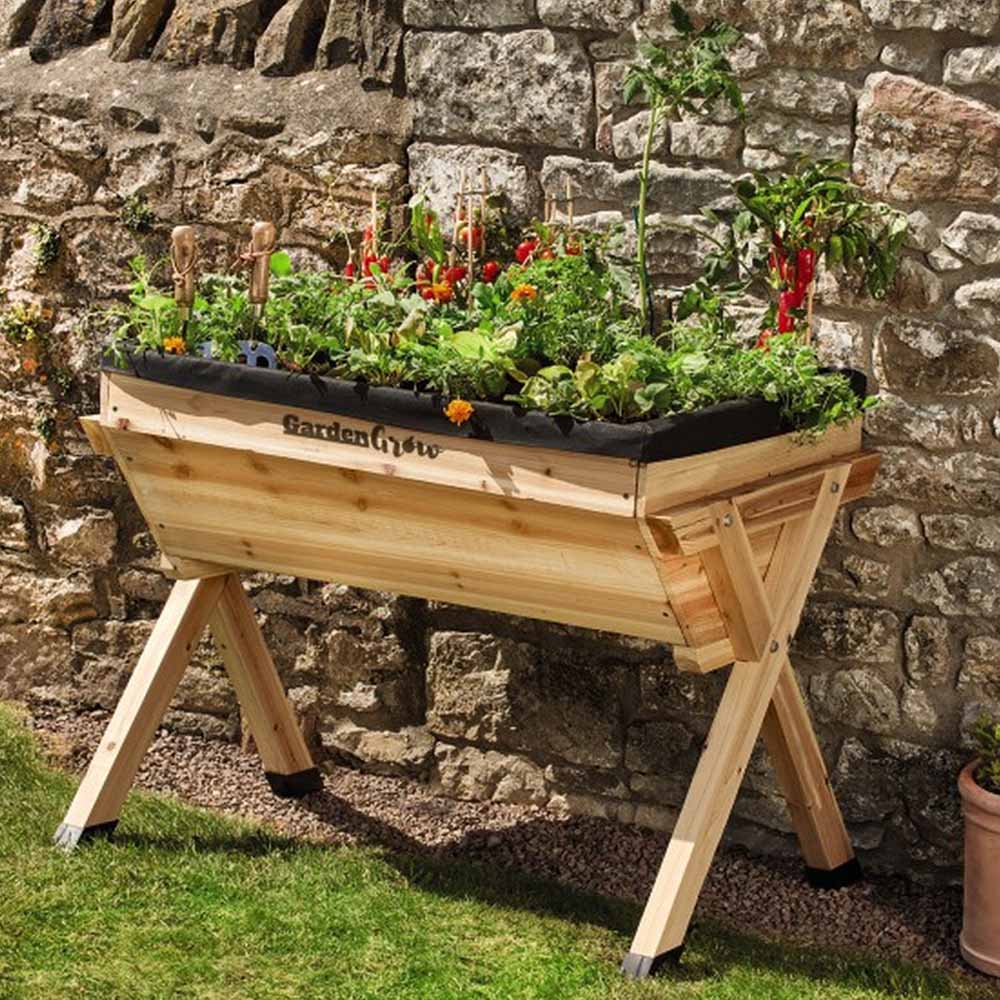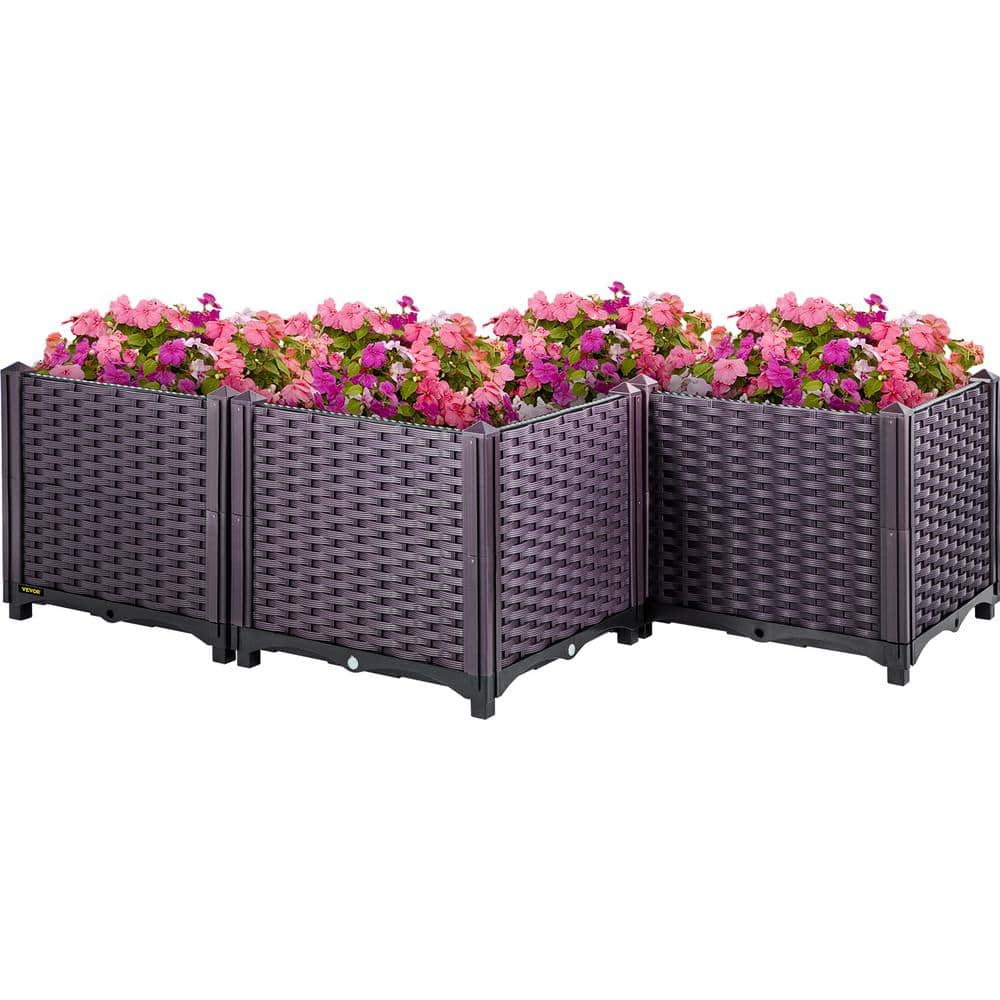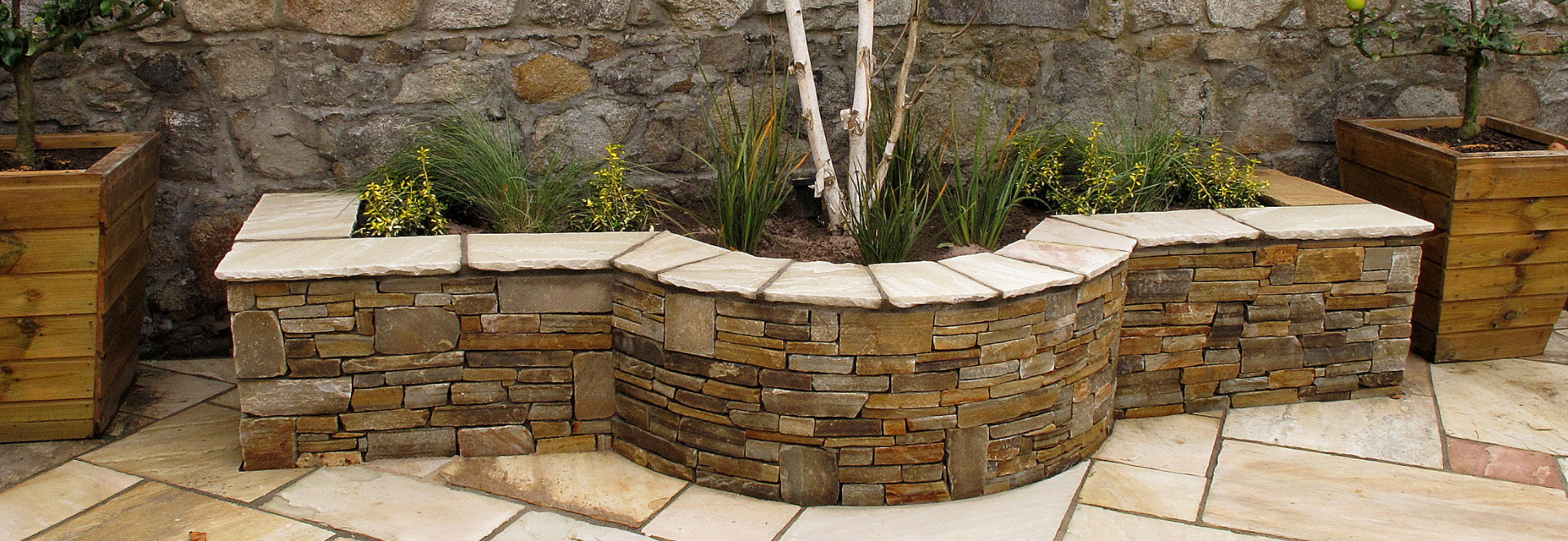How To Build An Outdoor Raised Planter That Will Thrive For Years
Introduction
Growing your own food is a rewarding experience, but it can be difficult to do in small spaces or in areas with poor soil. Raised planters are a great way to overcome these challenges, and they can also add beauty and functionality to your outdoor space.
In this blog post, I will show you how to build an outdoor raised planter that will thrive for years. I will cover everything from choosing the right materials to filling the planter with soil and planting your favorite plants.
Choosing the Right Materials
The first step is to choose the right materials for your raised planter. There are a variety of materials to choose from, including wood, concrete, and plastic.
Wood is a popular choice because it is relatively inexpensive and easy to work with. However, wood is also susceptible to rot and decay, so it is important to use pressure-treated wood or a wood preservative.
Concrete is a more durable option than wood, but it is also more expensive and difficult to work with. Concrete is a good choice if you want a planter that will last for many years.
Plastic is the least expensive option, but it is also the least durable. Plastic planters are not as resistant to the elements as wood or concrete, so they may not last as long.
Building the Raised Planter
Once you have chosen your materials, you can start building the raised planter. The exact steps will vary depending on the materials you are using, but the basic process is the same.
First, you will need to cut the materials to the desired size. Then, you will need to assemble the planter according to the instructions.
If you are using wood, you will need to use screws or nails to assemble the planter. If you are using concrete, you will need to mix the concrete according to the instructions and pour it into the mold.
Filling the Raised Planter
Once the planter is assembled, you will need to fill it with soil. The type of soil you use will depend on the plants you are growing.
If you are growing vegetables, you will need to use a soil that is rich in nutrients. If you are growing flowers, you can use a more general-purpose soil.
Planting Your Favorite Plants
Once the planter is filled with soil, you can start planting your favorite plants. Be sure to choose plants that are appropriate for the climate in your area.
You will also need to water your plants regularly, especially during the first few weeks after planting.
Conclusion
Building an outdoor raised planter is a great way to grow your own food and add beauty to your outdoor space. By following the steps in this blog post, you can build a planter that will thrive for years to come.
Are you looking for more information about outdoor raised planters? If so, I recommend visiting Home Gardening. This website has a wealth of information on everything from choosing the right type of planter to planting and caring for your plants.
In addition to its comprehensive information, Home Gardening also offers a variety of resources, including:
- A blog with tips and advice from gardening experts
- A forum where you can ask questions and get help from other gardeners
- A store where you can buy raised planters and other gardening supplies
I highly recommend visiting Home Gardening if you're serious about gardening. You won't be disappointed!
FAQ of outdoor raised planter
- What are the benefits of using an outdoor raised planter?
There are many benefits to using an outdoor raised planter. Here are a few of the most common:
* Improved drainage: Raised planters drain more easily than in-ground beds, which helps to prevent root rot and other plant diseases.
* Better soil quality: Raised planters can be filled with a high-quality potting mix that is specifically designed for growing plants. This can help to improve plant growth and productivity.
* Easier access: Raised planters are easier to access than in-ground beds, which can be especially helpful for people with limited mobility.
* Increased yields: Raised planters can often produce larger yields than in-ground beds, due to the improved drainage and soil quality.
* Attractive addition to your landscape: Raised planters can be a beautiful addition to your landscape, and they can also help to define your garden space.
- What materials are best for outdoor raised planters?
There are many different materials that can be used to make outdoor raised planters. Some of the most common materials include:
* Wood: Wood is a natural and attractive material that is relatively easy to work with. However, wood is susceptible to rot and decay, so it is important to use a pressure-treated wood or a rot-resistant wood species.
* Concrete: Concrete is a durable and long-lasting material that is resistant to rot and decay. However, concrete can be heavy and difficult to move.
* Plastic: Plastic is a lightweight and inexpensive material that is easy to maintain. However, plastic can be susceptible to fading and cracking in direct sunlight.
* Metal: Metal is a durable and long-lasting material that is resistant to rot and decay. However, metal can be hot to the touch in direct sunlight.
- How deep should an outdoor raised planter be?
The depth of an outdoor raised planter will depend on the type of plants you plan to grow. For most vegetables and herbs, a depth of 8-12 inches is sufficient. However, some plants, such as tomatoes and potatoes, require a deeper depth of 12-18 inches.
- What kind of soil should I use in an outdoor raised planter?
The best soil for an outdoor raised planter is a high-quality potting mix that is specifically designed for growing plants. This type of soil will be well-draining and will contain the nutrients that your plants need to thrive.
- How often should I water my outdoor raised planter?
The frequency of watering will depend on the climate and the type of plants you are growing. However, as a general rule, you should water your raised planter when the top inch of soil is dry.
- How do I prevent pests and diseases in my outdoor raised planter?
There are a number of things you can do to prevent pests and diseases in your outdoor raised planter. Here are a few tips:
* Choose resistant varieties of plants.
* Inspect your plants regularly for signs of pests or diseases.
* Remove any diseased or infested plants immediately.
* Water your plants at the base, not overhead.
* Avoid over-fertilizing.
* Mulch around your plants to help suppress weeds and pests.
Image of outdoor raised planter
- Wooden raised planter: This is a classic type of raised planter that is made from wood. It is a good option for those who want a natural look for their garden.

- Metal raised planter: This type of raised planter is made from metal, such as galvanized steel or corrugated metal. It is a durable option that can withstand the elements.

- Brick raised planter: This type of raised planter is made from brick. It is a heavy-duty option that can add a touch of elegance to your garden.

- Concrete raised planter: This type of raised planter is made from concrete. It is a very durable option that can last for many years.

- Plastic raised planter: This type of raised planter is made from plastic. It is a lightweight option that is easy to move around.

- Stone raised planter: This type of raised planter is made from stone. It is a very durable option that can add a touch of natural beauty to your garden.

- Wine barrel raised planter: This type of raised planter is made from a recycled wine barrel. It is a unique and stylish option that can add a touch of personality to your garden.

- Pallet raised planter: This type of raised planter is made from recycled pallets. It is a budget-friendly option that can be easily customized.

- Succulent raised planter: This type of raised planter is specifically designed for succulents. It is a shallow planter that allows the succulents to thrive.

Post a Comment for "How To Build An Outdoor Raised Planter That Will Thrive For Years"